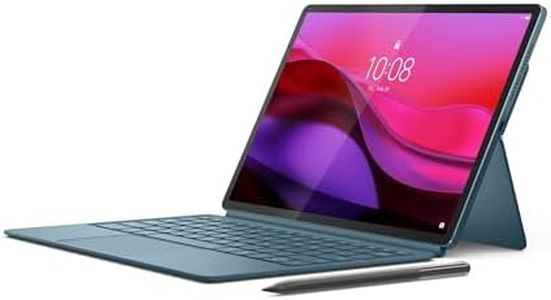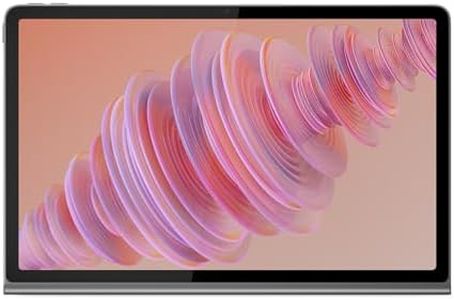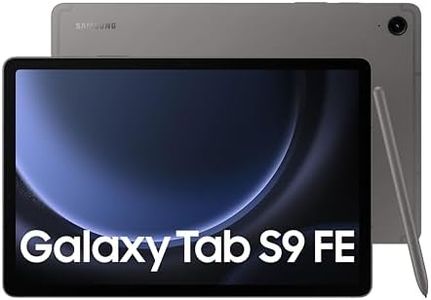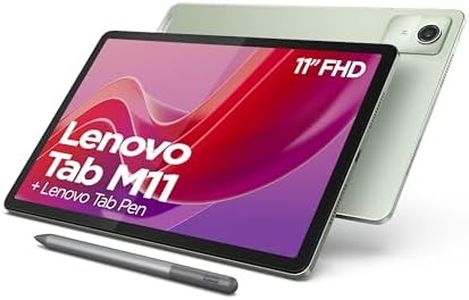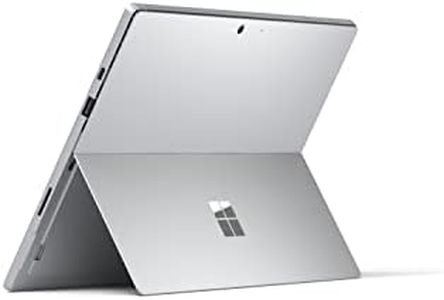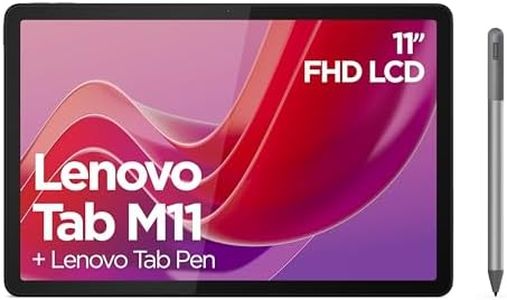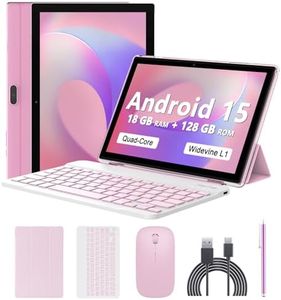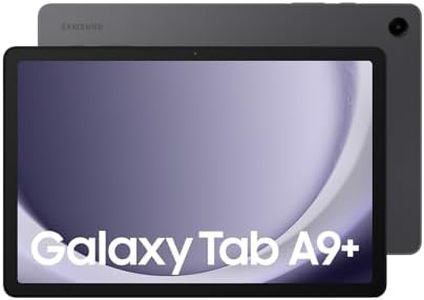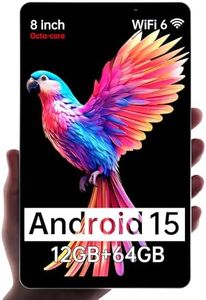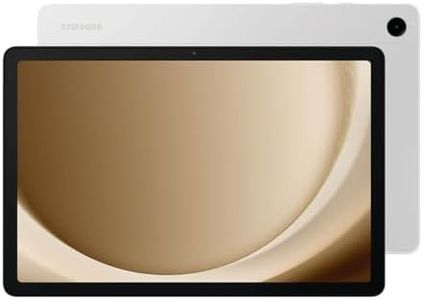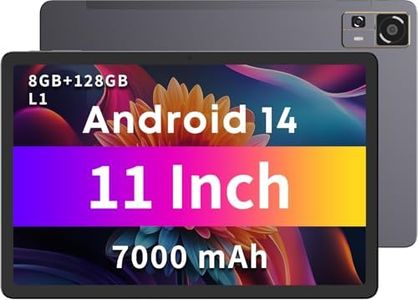We Use CookiesWe use cookies to enhance the security, performance,
functionality and for analytical and promotional activities. By continuing to browse this site you
are agreeing to our privacy policy
10 Best Tablets For Seniors
From leading brands and best sellers available on the web.Buying Guide for the Best Tablets For Seniors
When looking for tablets for seniors, it’s important to prioritize ease of use, clear display, comfort when holding, and reliable performance. Since technology might be a bit unfamiliar or overwhelming, a tablet that is simple to operate makes a big difference. Focus on features that improve readability, simplicity, and accessibility according to the user's needs. The best choice will be the tablet that feels not only comfortable to use but also supportive of the activities the user plans to do most.Screen SizeScreen size refers to the diagonal length of the display, usually measured in inches. A larger screen makes it easier to read text, watch videos, and operate the touchscreen, which is especially helpful for seniors who may have vision challenges or dexterity concerns. Tablets typically range from about 7 inches to 12 inches or larger. Smaller screens (7-8 inches) are lightweight and easy to hold but may make reading text or tapping small icons trickier. Medium-sized screens (9-10 inches) offer a comfortable balance between portability and visibility. Larger screens (above 10 inches) provide the most space for reading and viewing, but these can be heavier to hold for long periods. Match the screen size with the user's main use: portable for travel, or larger for reading at home.
Display QualityDisplay quality includes how sharp and bright the screen looks, which is important for comfortable viewing. Key factors include resolution (the number of pixels on the screen) and brightness. High-resolution screens (more pixels) mean clearer text and images, reducing eye strain, especially for reading. Brighter screens are easier to see in daylight or well-lit rooms. Look for screens labeled 'HD', 'Full HD', or higher for a crisp and clear experience, especially if reading books, browsing photos, or watching videos will be frequent.
Operating SystemThe operating system is the software that runs the tablet—most commonly iOS (Apple), Android, or Windows. Each has a different look and set of apps. iOS is known for its simplicity and smooth experience, making it a common choice for beginners. Android offers more customization and variety, with many manufacturers making devices. Windows tablets work more like a regular computer, useful if someone wants a device close to a PC. Think about what feels more intuitive, and whether the user already has a smartphone of the same brand, since sticking with a familiar system can make learning easier.
Battery LifeBattery life tells you how long the tablet can be used before needing to recharge. Longer battery life means more freedom from charging and fewer interruptions. Tablets typically last between 6 to 12 hours on a full charge. For casual use, such as reading or browsing the internet, around 8 hours is usually enough. For heavy use—watching videos or playing games—a longer battery life around 10-12 hours can be more comfortable, ensuring the device doesn't die in the middle of an activity.
Weight and BuildWeight and build refer to how heavy and sturdy the tablet feels in your hands. Lightweight tablets are easier to hold, especially for longer sessions or for seniors with reduced strength. Heavier models may get uncomfortable quickly. The build quality (whether it's plastic, metal, or glass) also affects how the tablet feels and how durable it is if dropped. Aim for something that’s easy to grip, light enough to carry, and has a reliable build.
User Interface and Accessibility FeaturesUser interface means how visual and interactive elements are laid out on the screen, and accessibility features are special tools like larger text, voice controls, or screen readers. A simple interface with clear icons and easy navigation reduces confusion and learning time. Tablets with strong accessibility options are especially helpful if vision, hearing, or movement are concerns. Look for tablets that let you adjust font sizes, have voice command options, or support screen magnifiers.
Storage CapacityStorage capacity is how much space the tablet has for apps, photos, books, and other files. For light use like checking emails or reading, lower storage (16-32 GB) may be sufficient. If you plan to install lots of apps, store many photos, or download videos, consider a higher capacity (64 GB or more). Some tablets also offer expandable storage with memory cards, which is useful if you think storage needs may grow over time.
Connectivity OptionsConnectivity options include how the tablet gets online (Wi-Fi or cellular network) and how it connects to other devices (like headphones or keyboards). Most tablets connect through Wi-Fi, which is enough for use at home or in places with free Wi-Fi. If using the tablet outside, look for versions with cellular connectivity (4G or 5G), but this usually requires a data plan. Bluetooth is useful for wireless headphones or keyboards, while USB ports or headphone jacks offer traditional plug-in connections. Consider where and how the tablet will be used most to decide which options are necessary.
